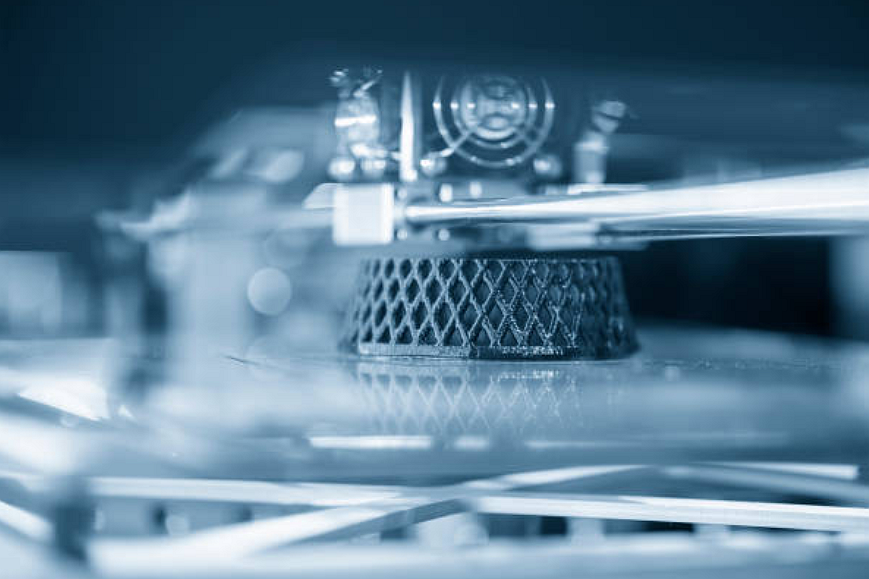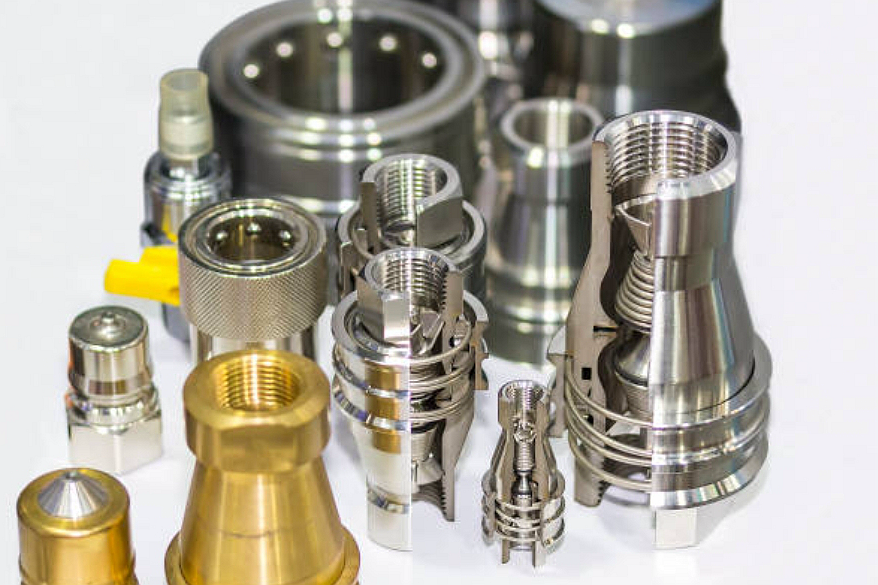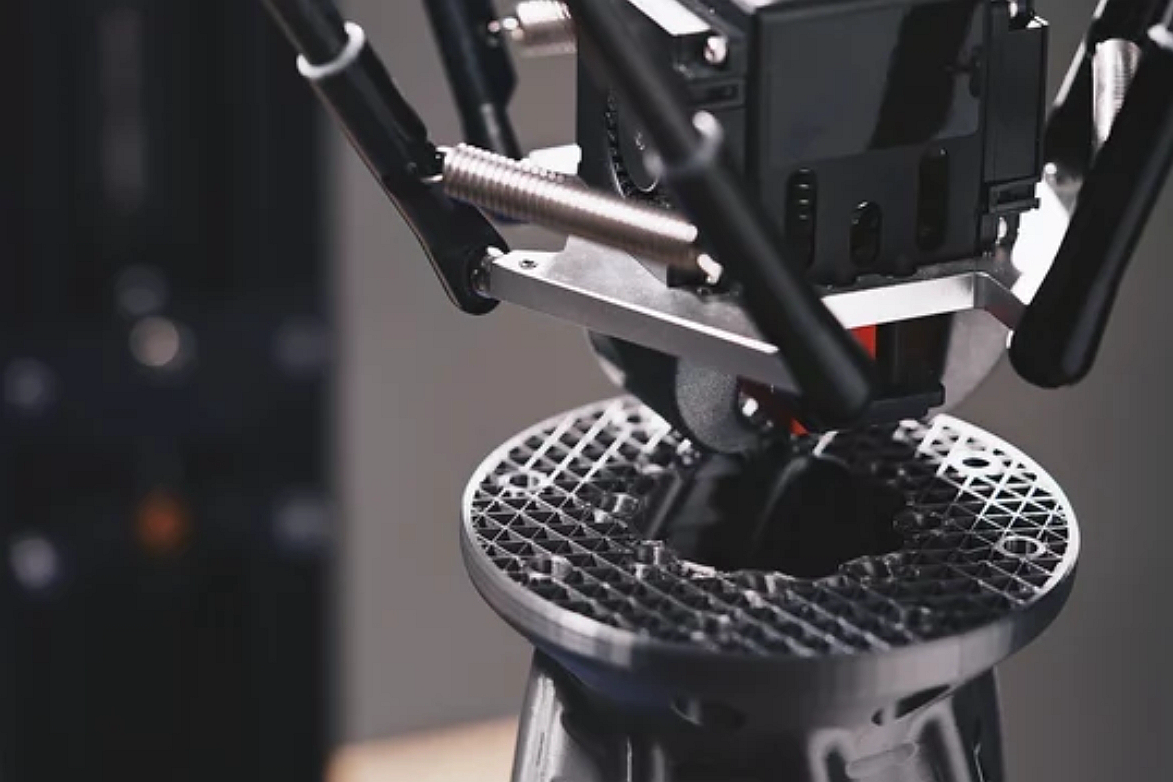6000 Series Aluminum
Basic Description of 6000 Series Aluminum Powder
The 6000 series aluminum alloys are renowned for their balance of strength and flexibility, corrosion resistance, and excellent anodizing qualities. The 6000 series uses silicon and magnesium as the primary alloying elements among the aluminum alloy categories. These alloys are designed to be heat-treatable, providing additional strength and hardness to finished products through thermal treatments.
In powder form, 6000 series aluminum is mainly used in additive manufacturing and metal injection processes. Its good mechanical properties and ease of welding are crucial. The ability of 6000 series alloys to exhibit moderate strength and excellent formability makes them highly suitable for intricate component fabrication in various industrial applications.
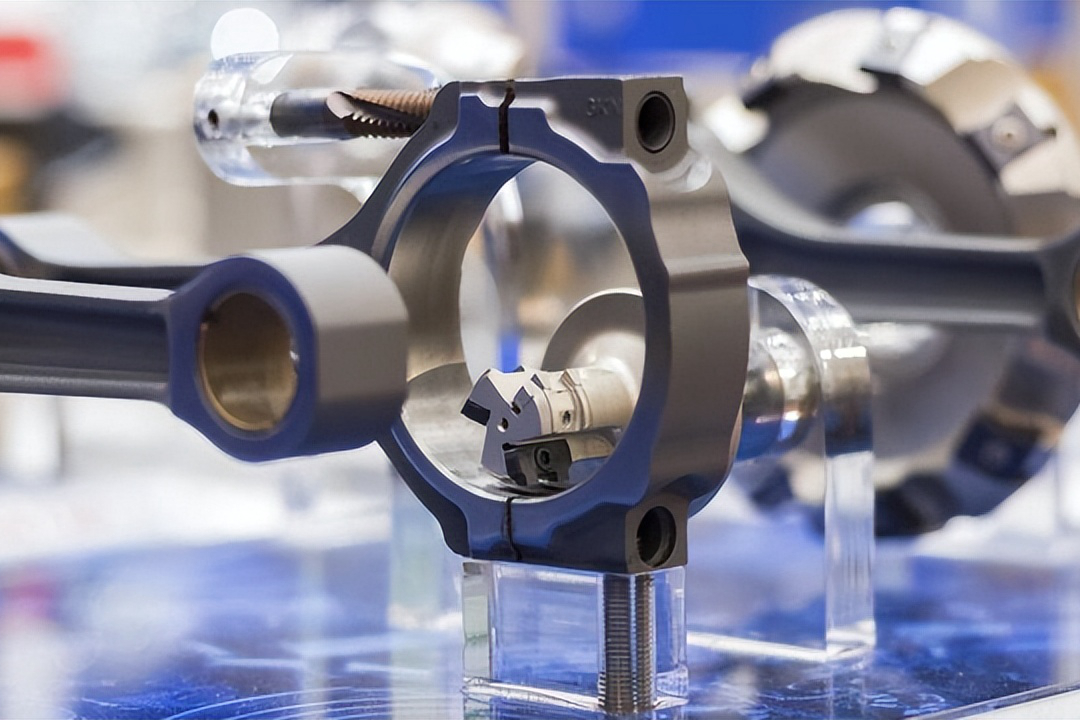
6000 Series Aluminum Similar Grades
The 6000 series includes several grades, but the most commonly used are 6061 and 6063 due to their wide range of applications and excellent mechanical properties:
6061 Aluminum: Known for its versatility, 6061 is used extensively due to its strength, corrosion resistance, and weldability. It is often referred to as the "all-purpose" aluminum alloy.
6063 Aluminum: Often termed as the "architectural alloy," 6063 has a smoother surface finish and is frequently used in extrusions. It offers slightly lower strength than 6061 but better aesthetic qualities and higher corrosion resistance, making it ideal for architectural applications.
Both alloys can be similarly processed and are used in scenarios where properties like toughness, lightweight, and corrosion resistance are valued. They are typically utilized in environments requiring an excellent strength-to-weight ratio and fatigue resistance, such as automotive chassis, aircraft structures, and marine fittings.
6000 Series Aluminum 3D Print Applications
6000 series aluminum, mainly grades like 6061 and 6063, are highly versatile and find applications across various industries due to their excellent mechanical properties and corrosion resistance. This section highlights some critical applications of 6000 series aluminum powders in manufacturing, underscoring the alloy's adaptability and performance.
Automotive Industry
In the automotive sector, 6000 series aluminum reduces vehicle weight while maintaining structural integrity. This alloy is often used for:
Automotive Frames and Components: Utilizing 6061 aluminum for car frames, suspension parts, and wheel spacers helps enhance fuel efficiency and performance due to the material's high strength-to-weight ratio.
Automotive Body Panels: 6063 aluminum is used in body panels and window frames for its excellent finish and resistance to corrosion, contributing to longer vehicle lifespans and reduced maintenance costs.
Aerospace and Aviation
The aerospace industry values 6000 series aluminum for its combination of lightness and strength, essential for high-performance applications:
Interior Cabin Structures: Components such as seat tracks, flooring panels, and other structural elements within aircraft are often made from 6061 aluminum, providing durability and resistance to wear under frequent stress.
Extruded Aerospace Components: 6063 is used for extruded profiles for aerospace applications, including airframes and fuselages, where structural integrity and aesthetics are critical.
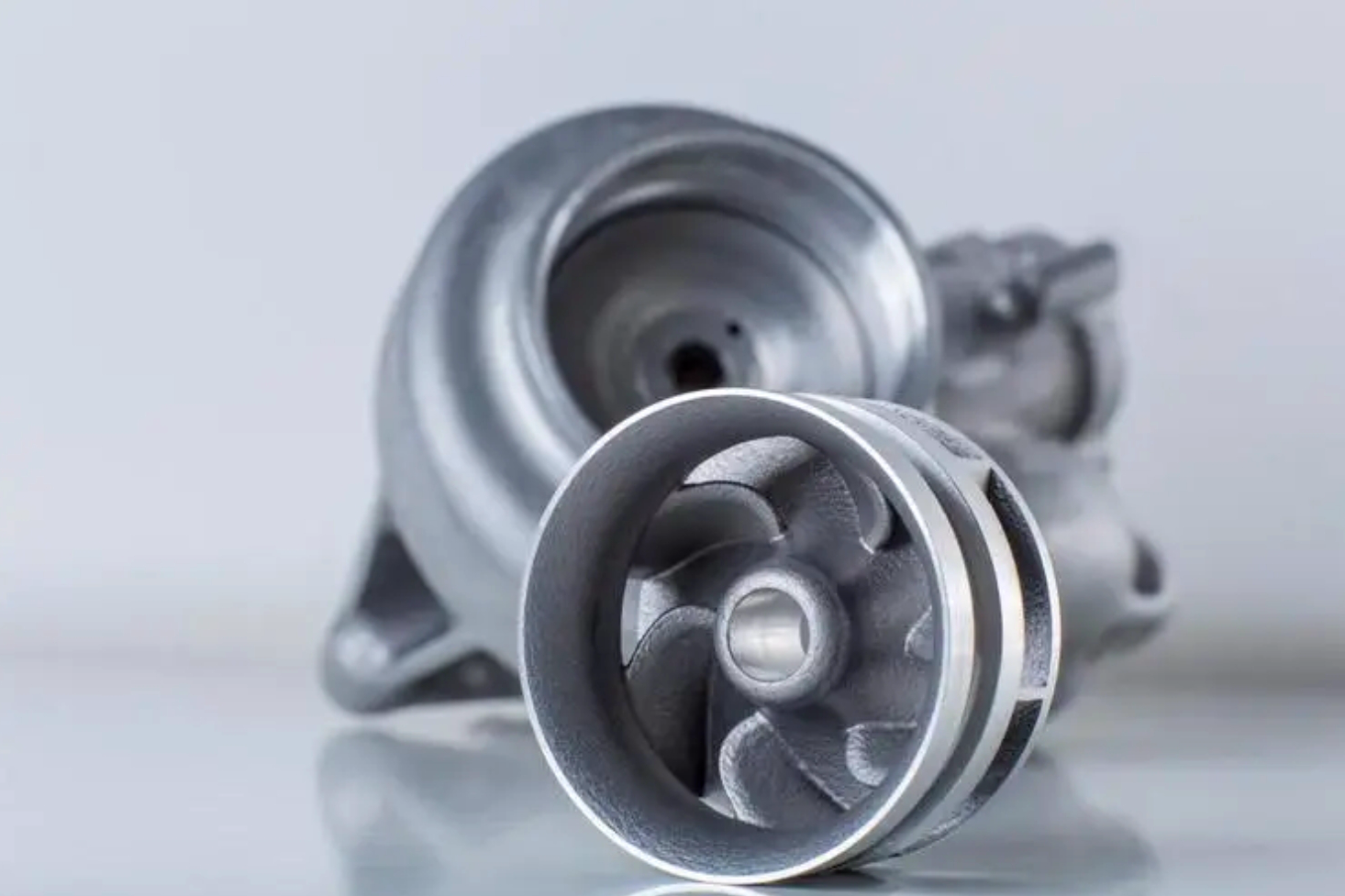
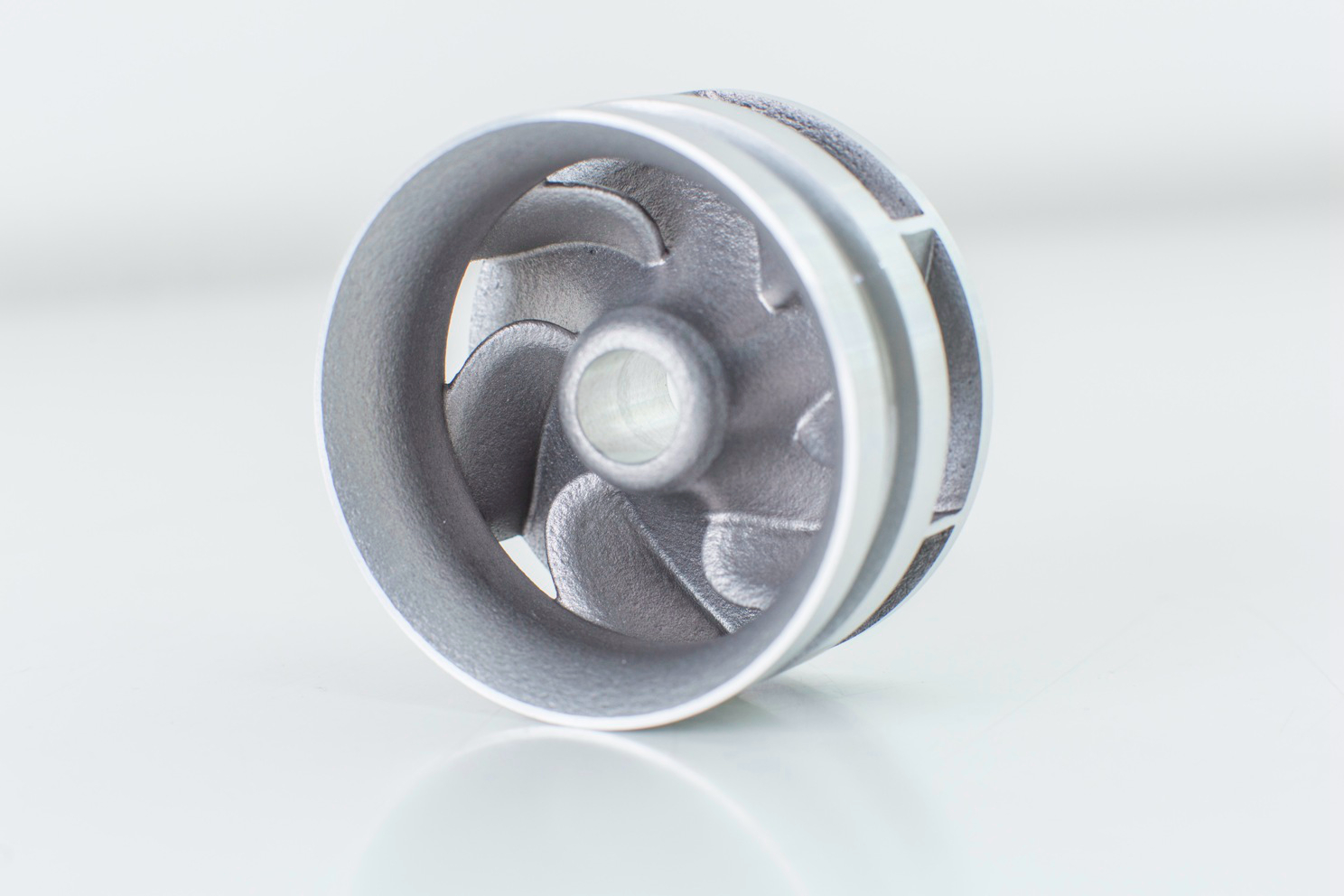
Construction and Architecture
6000 series aluminum is widely used in the construction industry due to its strength and aesthetic flexibility:
Building Frameworks: 6061 aluminum is used to construct bridge railing components and structural beams due to its excellent corrosion resistance and strength.
Architectural Applications: 6063 aluminum excels in architectural frameworks, including window frames, door frames, and curtain walls, providing not only structural reliability but also an appealing finish.
Consumer Electronics
The demand for lightweight and durable materials in consumer electronics makes 6000 series aluminum an ideal choice:
Mobile Devices: Aluminum 6063 is often used in the casings of smartphones, tablets, and laptops due to its superior finishing capabilities and lightweight nature, enhancing portability and durability.
Heat Sinks and Electronic Enclosures: The thermal conductivity and machinability of 6061 make it suitable for electronic heat sinks and enclosures that require efficient heat dissipation.
Sporting Goods
6000 series aluminum's strength and corrosion resistance are also leveraged in sports equipment:
Bicycle Frames and Components: Bicycles utilize 6061 aluminum for frames and components like handlebars and seat posts, offering an optimal balance of toughness, weight, and resistance to natural elements.
Outdoor Gear: From climbing equipment to tent poles, 6063 aluminum is chosen for its lightness and ability to withstand harsh outdoor environments.
The diverse applications of 6000 series aluminum powders highlight the material's versatility and superior performance in demanding environments. From enhancing automotive and aerospace innovation to supporting architectural beauty and functionality, this alloy series plays a pivotal role in advancing industry standards and meeting the complex demands of modern manufacturing.
6000 Series Aluminum Composition and Properties
The 6000 series aluminum alloys are popular in various industrial applications due to their unique blend of mechanical properties and compositional elements. This section provides a detailed look at the composition of these alloys and the properties that make them versatile and practical across multiple sectors.
Composition of 6000 Series Aluminum
6000 series aluminum alloys primarily comprise aluminum, magnesium, and silicon, which form magnesium silicide within the alloy, contributing to its desirable mechanical properties. The typical composition breakdown is as follows:
Aluminum (Al): The base metal gives the alloy lightweight and corrosion-resistant characteristics.
Magnesium (Mg): Typically ranging between 0.45-1.35%, magnesium enhances the strength of the alloy through the formation of magnesium silicide (Mg2Si), which strengthens the alloy without significantly reducing its elasticity.
Silicon (Si): From 0.20 to 1.8%, silicon lowers the melting point and improves the fluidity of the aluminum when cast. It reacts with magnesium to form Mg2Si, contributing to the alloy's heat treatability.
Trace elements like copper, manganese, and zinc might also be present in smaller amounts, each adding slightly to the alloy's strength and machinability.
Mechanical Properties
The 6000 series alloys are known for their balance of strength and flexibility, which is crucial for applications that require durable yet formable materials. Critical mechanical properties include:
Tensile Strength: Typically ranges from 180 to 310 MPa, making these alloys strong enough for structural applications yet pliable enough to be formed into complex shapes.
Yield Strength: Ranges from 80 to 180 MPa, indicating good formability under stress and making it suitable for applications requiring bending and shaping.
Elongation: About 8-25%, a measure of flexibility, which reflects the alloy's ability to stretch under tensile stress without breaking, advantageous for forming processes.
Thermal Properties
Thermal Conductivity: These alloys conduct heat effectively, making them ideal for applications like heat exchangers and automotive parts where heat dissipation is crucial.
Coefficient of Thermal Expansion: Approximately 23.6 µm/m-K, which is relatively stable under varying thermal conditions, crucial for maintaining dimensional stability in precision applications.
Corrosion Resistance
Corrosion Resistance: 6000 series aluminum offers excellent resistance to corrosion, particularly when anodized, which enhances its durability and suitability for outdoor and marine environments.
6000 Series Aluminum Powder Characteristics
The performance of 6000 series aluminum in manufacturing, particularly in powder-based processes like 3D printing, is heavily influenced by the specific characteristics of the powder. Understanding these properties is crucial for optimizing manufacturing processes and achieving high-quality final products. This section explores the critical powder characteristics of 6000 series aluminum, including yield strength, tensile strength, and elongation.
Yield Strength
Yield Strength: The 6000 series aluminum powder yield strength typically ranges from 240 to 260 MPa. This property indicates the stress at which the material begins to deform permanently and is crucial for determining the load a component can withstand during use without permanent deformation.
Tensile Strength
Tensile Strength: The tensile strength of this aluminum powder usually falls between 290 to 320 MPa. Tensile strength is essential for assessing the alloy's ability to resist breaking under tension. It is ideal for structural applications where endurance is critical.
Elongation
Elongation: 6000 series aluminum powder displays an elongation at break around 10-12%, reflecting its ability to stretch under stress. This flexibility is particularly beneficial for manufacturing dynamic components that need to maintain integrity under strain.
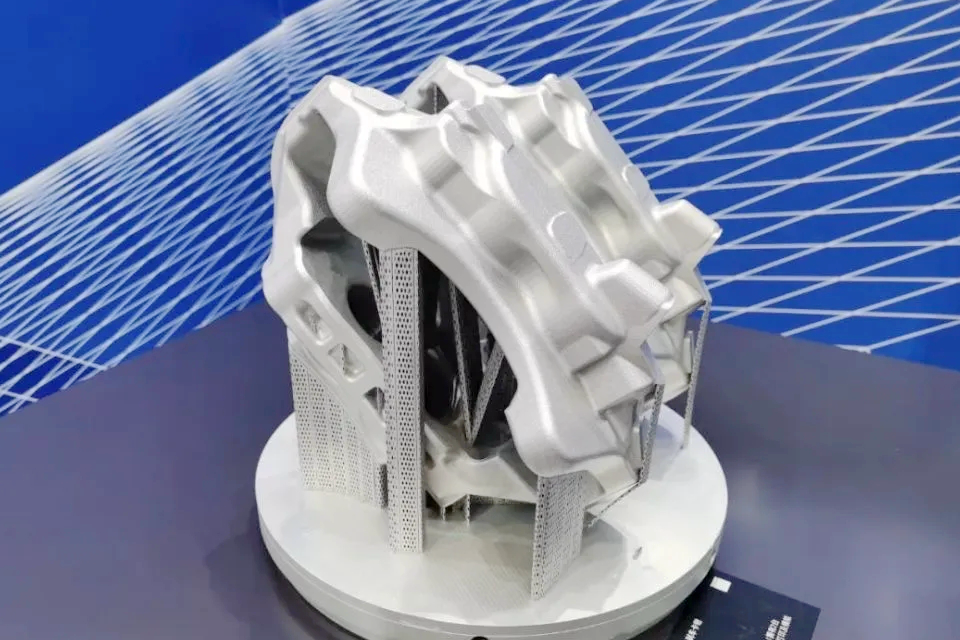
Powder Particle Characteristics
The quality of parts produced using metal powders significantly depends on the particle characteristics of the powder used in the manufacturing process. These include particle size distribution, sphericity, and morphology, which directly affect the flowability, packing density, and the final part's surface quality:
Particle Size Distribution: 6000 series aluminum powder typically has a particle size distribution ranging from 20 to 63 microns. This range is optimal for ensuring good flowability and high packing density, critical for achieving consistent layer thickness and uniform mechanical properties in printed parts.
Sphericity: The particles of 6000 series aluminum powder are highly spherical, which enhances their flowability and reduces the risk of clogging in the printer's feeding system. High sphericity also contributes to uniform heating and cooling cycles during the sintering process, vital for minimizing residual stresses in the final product.
Particle Morphology: The smooth morphology of the particles aids in reducing inter-particle friction, enhancing the flowability of the powder through the delivery system, and achieving higher densities in the sintered parts.
The detailed exploration of the powder characteristics of 6000 series aluminum reveals why this alloy is well-suited for advanced manufacturing techniques, especially in additive manufacturing settings. The alloy's high yield and tensile strengths ensure the durability and longevity of the manufactured parts. At the same time, its adequate elongation allows for some flexibility in applications. The optimal particle size, excellent sphericity, and smooth morphology also contribute to efficient and reliable processing, producing high-quality finished products with minimal defects. Understanding these characteristics allows manufacturers to optimize their processes and settings for the specific properties of 6000 series aluminum powder, ensuring they fully leverage the material's benefits.
6000 Series Aluminum Physical Properties
The physical properties of the 6000 series aluminum powder significantly influence its applicability in various manufacturing processes. This section explores crucial physical properties such as density, hardness, specific surface area, etc. These are vital for understanding how this material behaves under different conditions and how it can be best utilized in production.
Density
Density: The typical density of 6000 series aluminum is about 2.70 g/cm³. This relatively low density makes it advantageous for applications requiring lightweight components without sacrificing strength or durability.
Hardness
Hardness: 6000 series aluminum exhibits a Brinell hardness of approximately 95 HB, contributing to its resistance to wear and abrasion. It is important for structural applications where durability is critical.
Specific Surface Area
Specific Surface Area: The specific surface area of the powder impacts its reactivity and sintering behavior. 6000 series aluminum powder typically features a surface area that facilitates efficient sintering, enhancing part strength and structural integrity.
Sphericity
Sphericity: High sphericity of the powder particles ensures excellent flowability and consistent layering during the additive manufacturing process, which is crucial for achieving high-quality surface finishes and dimensional accuracy.
Bulk Density
Bulk Density: This property is essential for determining how the powder packs in a given volume, affecting the consistency and quality of the final parts. 6000 series aluminum powder generally shows a high bulk density, which promotes better layer packing and stability in the build chamber.
Hall Flow Rate
Hall Flow Rate: The flow rate of the powder through a Hall funnel provides insights into its flow characteristics, which are essential for ensuring that the powder can be efficiently and reliably dispensed during the printing process.
Melting Point: The melting point of 6000 series aluminum alloys typically ranges from 582°C to 652°C, which affects processing temperatures in manufacturing techniques like 3D printing and ensures that the material can be efficiently processed without degradation.
Relative Density
Relative Density: 6000 series aluminum powders can achieve up to 99.5% relative densities when processed under optimal conditions. This high relative density is crucial for ensuring the mechanical integrity and performance of the final manufactured parts.
Recommended Layer Thickness
Recommended Layer Thickness: For additive manufacturing applications using 6000 series aluminum, the recommended layer thickness usually ranges between 20 to 100 microns. This parameter is essential for balancing resolution and build time in 3D printing processes.
Thermal Expansion Coefficient
Thermal Expansion Coefficient: 6000 series aluminum alloys exhibit a thermal expansion coefficient of about 23.4 × 10^-6 per °C. Understanding this property is essential for applications involving thermal exposure as it affects the dimensional stability of parts.
Thermal Conductivity
Thermal Conductivity: The thermal conductivity of these alloys is approximately 167 W/m·K, which is beneficial for applications that require efficient heat dissipation, such as electronics housings and automotive heat sinks.
Manufacturing With 6000 Series Aluminum
6000 series aluminum powder is adaptable across various manufacturing techniques, leveraging the material's unique properties to produce high-quality, precise, and durable parts. This section discusses the most suitable manufacturing processes for 6000 series aluminum, compares the qualities of parts produced by these methods, and addresses common issues with solutions.
Suitable Manufacturing Processes for 6000 Series Aluminum
3D Printing (Selective Laser Melting - SLM): SLM is ideal for 6000 series aluminum because it can produce exact complex geometries. This process is favored for creating lightweight, structurally complex aerospace components and intricate automotive parts.
Metal Injection Molding (MIM): MIM is effective for mass-producing small, detailed parts such as gears and brackets in the automotive and consumer electronics sectors, leveraging the excellent flow and filling characteristics of 6000 series aluminum powder.
Powder Compression Molding: This process is suited for more extensive, simpler geometric parts, offering high production rates and material efficiency, and is commonly used for industrial machinery components.
CNC Machining: Post-processing parts made from 6000 series aluminum often involve machining to achieve precise tolerances and smooth finishes, essential for aerospace and automotive applications.
Comparison of Parts Produced by These Manufacturing Processes
Surface Roughness: Parts produced via SLM typically exhibit a rougher surface compared to those manufactured through MIM or CNC machining, which can achieve smoother finishes suitable for visible components.
Tolerances: CNC machining provides the highest precision and tolerances. SLM and MIM deliver moderate accuracies, which are sufficient for most functional applications but may require post-processing to meet stringent specifications.
Internal Defects: SLM can occasionally introduce porosity and internal voids; however, techniques like hot isostatic pressing (HIP) can be used to improve the density and integrity of the parts.
Mechanical Properties: CNC machined parts generally exhibit superior mechanical properties due to the work-hardening effect and absence of the layer-based construction used in additive manufacturing.
Common Issues and Solutions in Manufacturing with 6000 Series Aluminum
Surface Treatment: To improve the aesthetic and functional qualities of parts, surface treatments such as anodizing or painting are recommended, especially for parts produced using SLM and MIM, to enhance corrosion resistance and wear properties.
Heat Treatment: To relieve internal stresses and improve mechanical properties, heat treatment is often necessary for parts produced using 6000 series aluminum, particularly after SLM and MIM processes.
Tolerance Achievement: Achieving tight tolerances with SLM and MIM can be challenging; therefore, secondary machining might be required to meet precise dimensional requirements.
Deformation Problems: Thermal management during manufacturing is critical to avoid deformation, especially in SLM, where uneven cooling can lead to warpage. Using optimized support structures and controlled cooling strategies can mitigate these issues.
Cracking Problems: Addressing cracking involves adjusting the process parameters, such as laser power or binder content in MIM, to match the thermal expansion properties of the material and reduce residual stresses.
Detection Methods: Advanced non-destructive testing methods, such as X-ray computed tomography, help detect internal defects and ensure the structural integrity of parts made from 6000 series aluminum.
Understanding the suitable manufacturing processes for 6000 series aluminum and addressing the common production challenges are essential for maximizing the material's potential and achieving high-quality outcomes. Each manufacturing process presents unique advantages and considerations. By selecting the appropriate techniques and implementing practical solutions for common issues, manufacturers can produce durable, precise, and functionally superior parts that fully leverage the beneficial properties of 6000 series aluminum.
